
Ship Hull Propeller CFD & FEA + FSI Simulation
This case study shows a complex CFD and FEA analysis of ship hull with a propeller using simulation environment TCAE
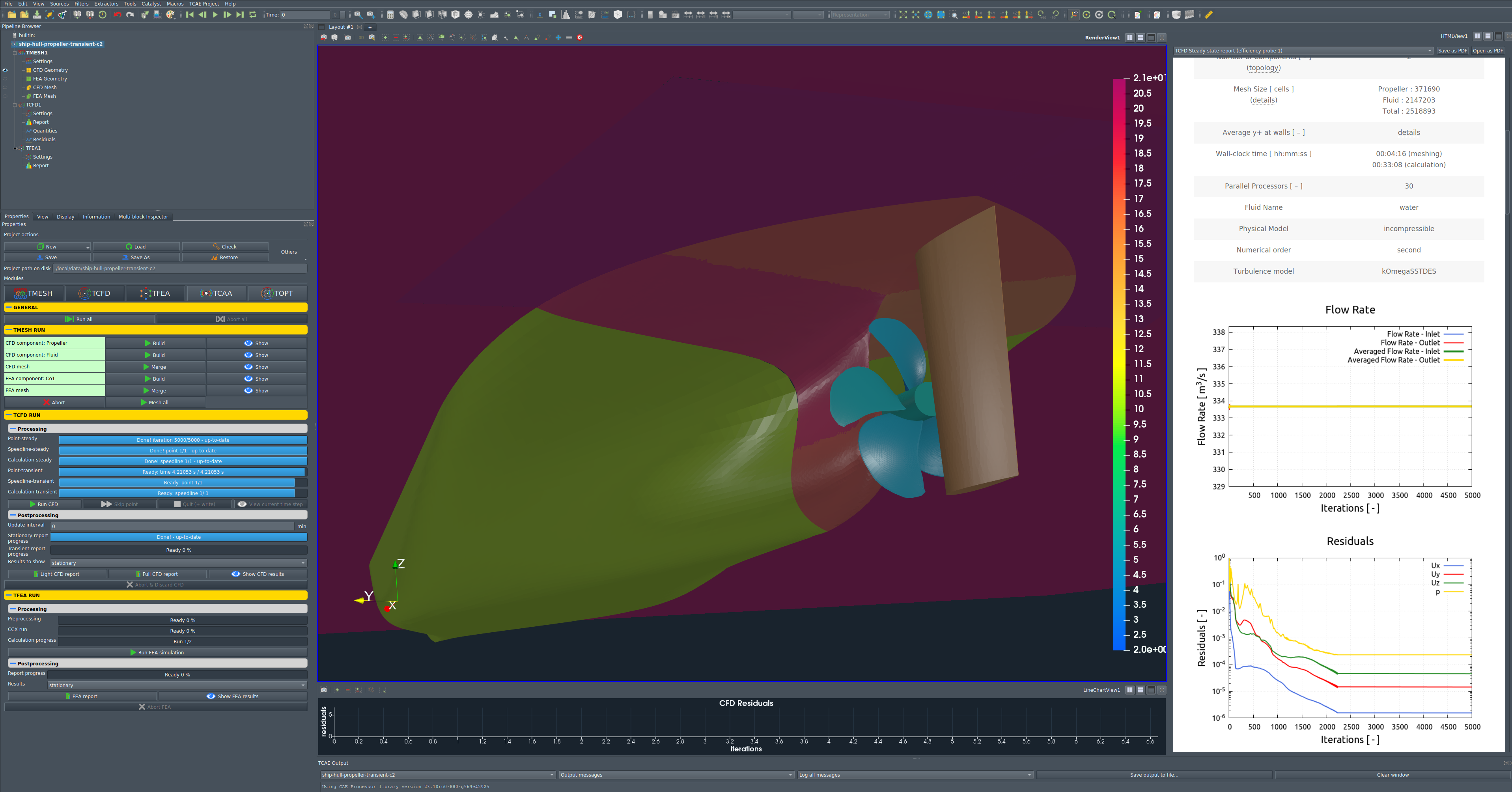
TCFD automated workflow
CFD SUPPORT introduces the new generation of CFD simulations. TCFD brings an extreme increase of productivity to CFD simulations. TCFD is extremely popular project, because it successfully merged benefits of an open-source (perpetual, unlimited users, jobs, and cores, customizable, …) with benefits of commercial codes (professional support, well tested, ready for the industry, robust, accurate, automated, GUI, …).
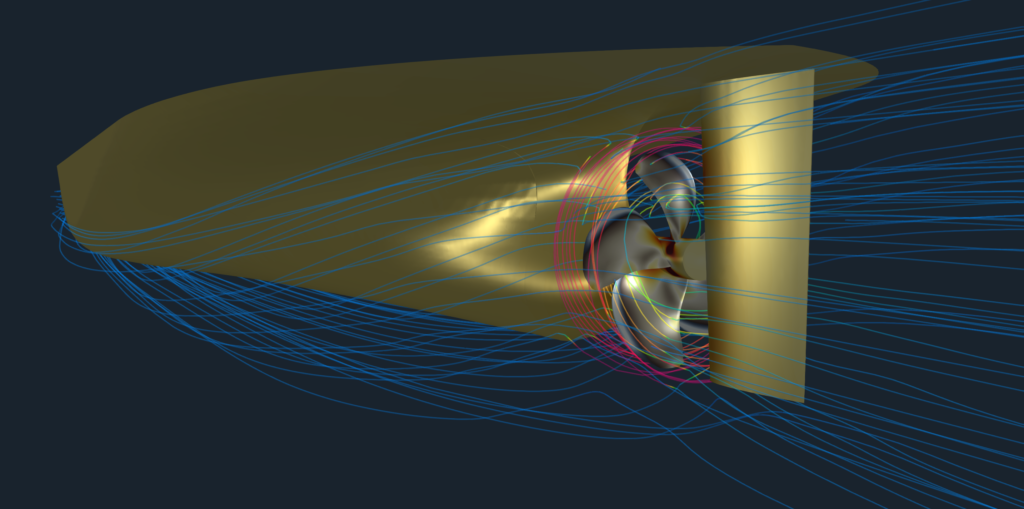
TCFD is fully automated, it can run the whole workflow by a single command: data input, new case is written down, mesh is created, case is set-up, case is simulated, results are evaluated and the results report is written down. Both GUI and batch mode. Data in – data out. TCFD is mainly focused on supporting the engineers in their real value added work. TCFD is fully automated and the beauty of TCFD is that it is the user who decides how deep to dive into a CFD or not at all. And all the options remain open at the same time.
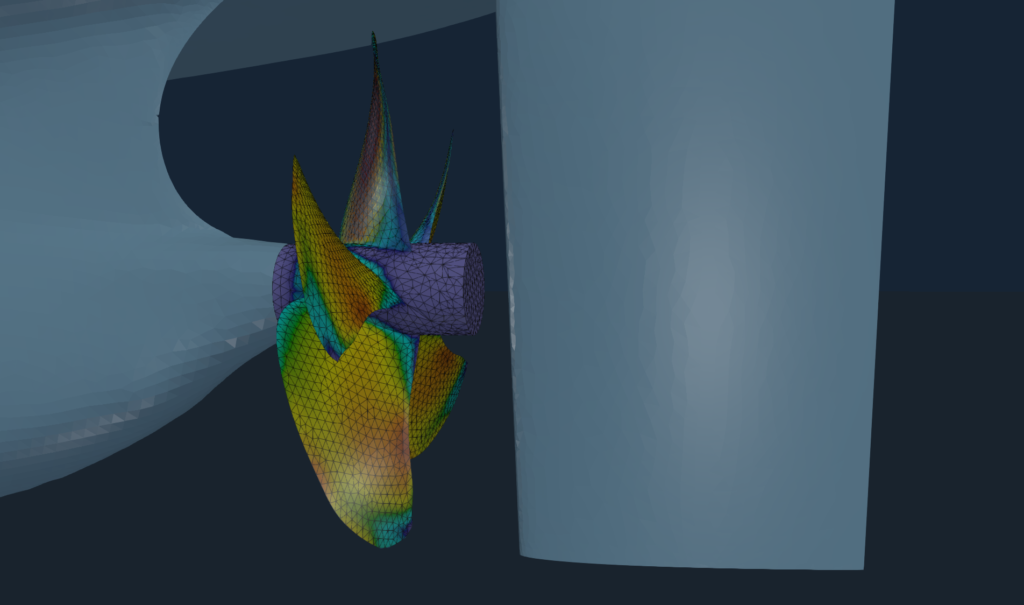
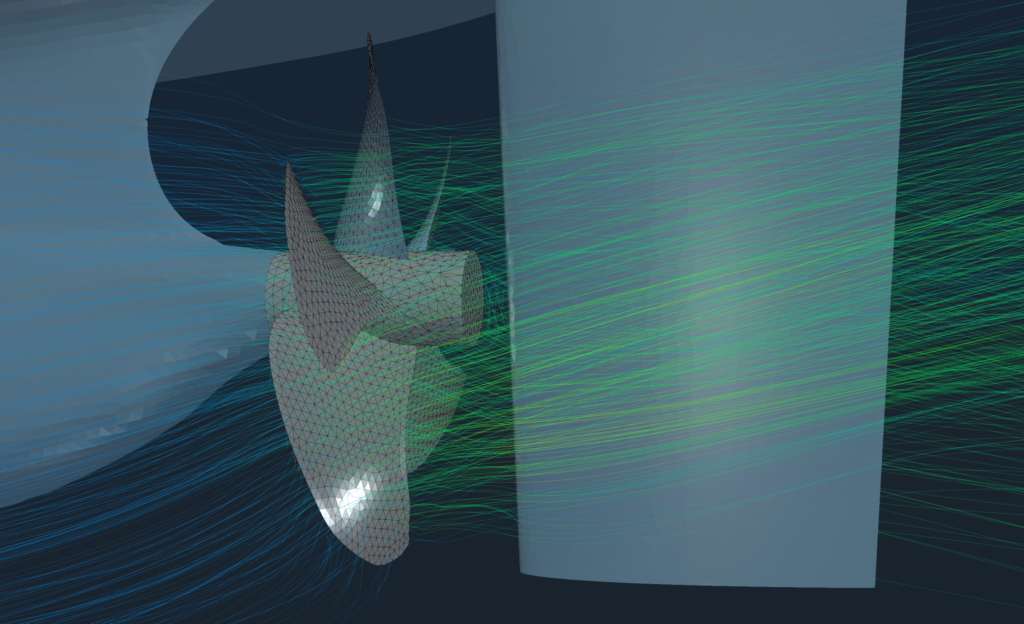
Input data
The surface model data in .stl file format together with physical inputs are loaded in TCFD. Other option would be loading an external mesh in OpenFOAM® mesh format, or loading an MSH mesh format (Fluent mesh format). This CFD methodology employs a multi component approach, which means the model is split into a certain number of regions. In TCFD each region can have its own mesh and individual meshes comunicate via interfaces.
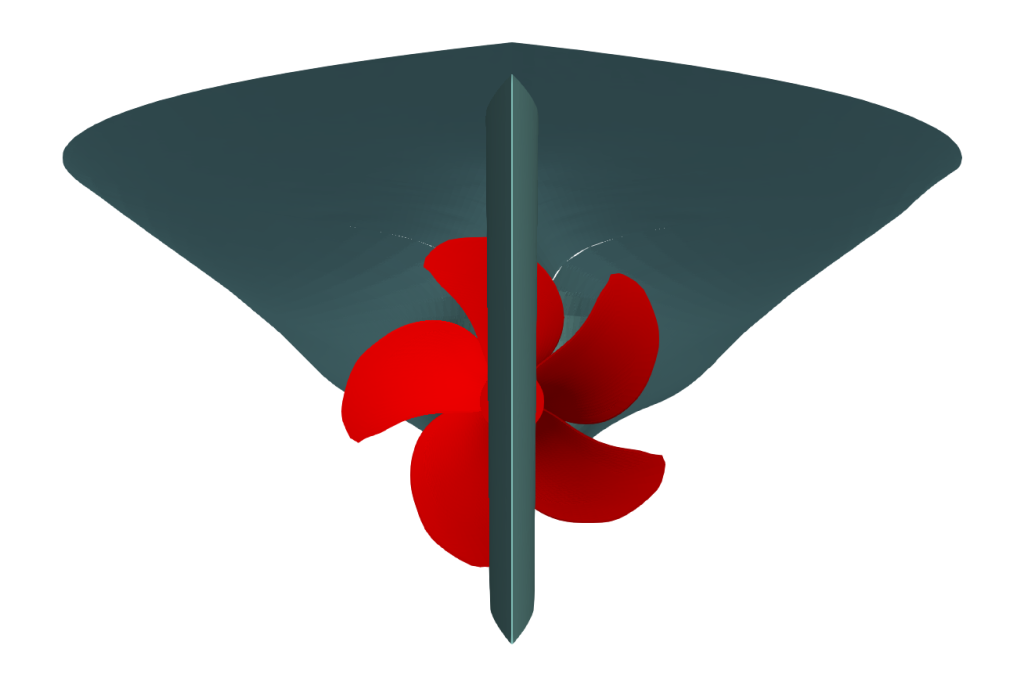
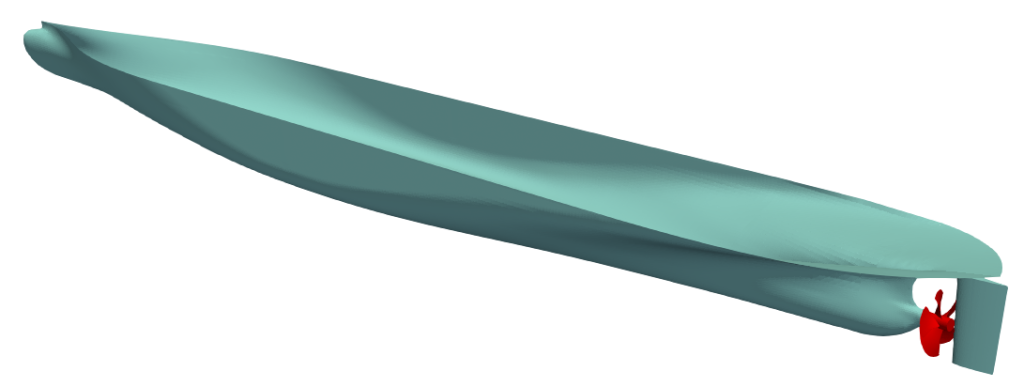


Grapgical interface
All the case settings are set in a graphical intergace. The TCFD graphical interface is based on ParaView. Most of the users prefer to use a graphical interface against the command line.
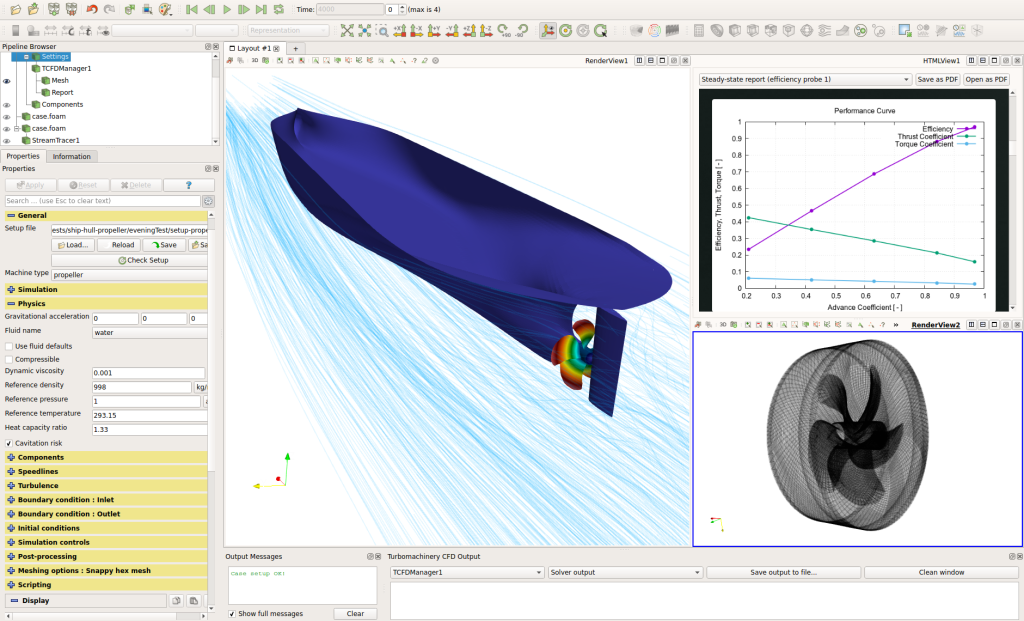
Mesh
In this particular ship hull propeller case. The mesh is directly loaded to TCFD in MSH format.
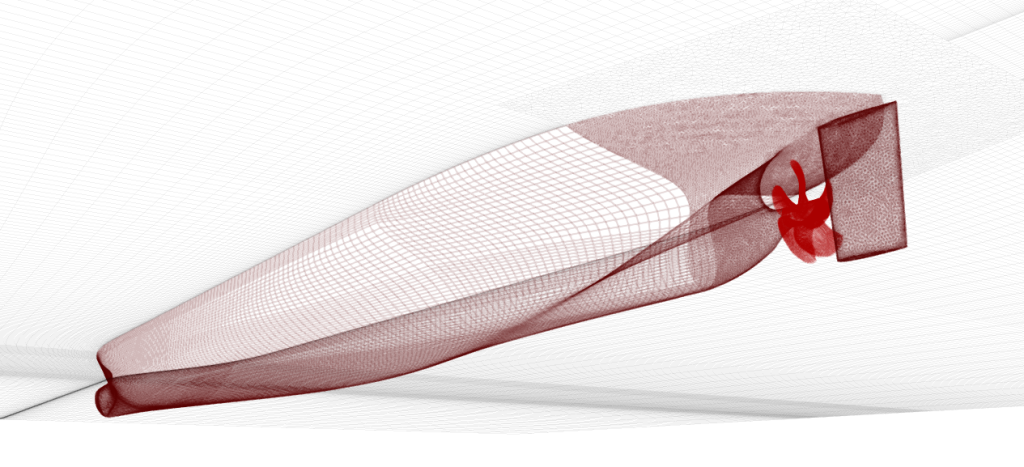
The component graph
Any project simulated in TCFD has its component graph. The component graph shows how the components are organized – the model topology. What is the inlet, the outlet and how the components are connected via interfaces.
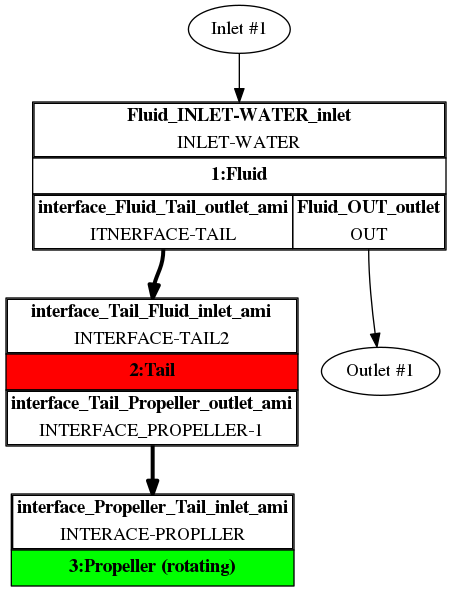
CFD Simulation Set-up
- Incompressible flow model
- Steady-state flow model
- Medium: Water
- Viscosity: ν = 8.899e-7 [m2/s]
- Rotation speed: 570 [RPM]
- Flow Velocity: 2.1 [m/s]
- Interface: frozen rotor - solid body motion (no averaging)
- Turbulence Model: k-ω SST
- Mesh: Mix snappyHexMesh - hexa
- Mesh Cells: 3389096
- Mesh Average y+ (full/segment): 39 [-]
- CPU time (steady-state): 34 [core.hours]
Running CFD Simulation
The simulation can be run on any number of parallel processors. Immediately after the simulation is started, the user can follow the progress of all the important quantities in a HTML report: flow rates, residuals, efficiency, torque, pressure difference and many others. These run-time functions give the user valuable information of the simulation convergence and also the availability to stop the simulation before its expected end.
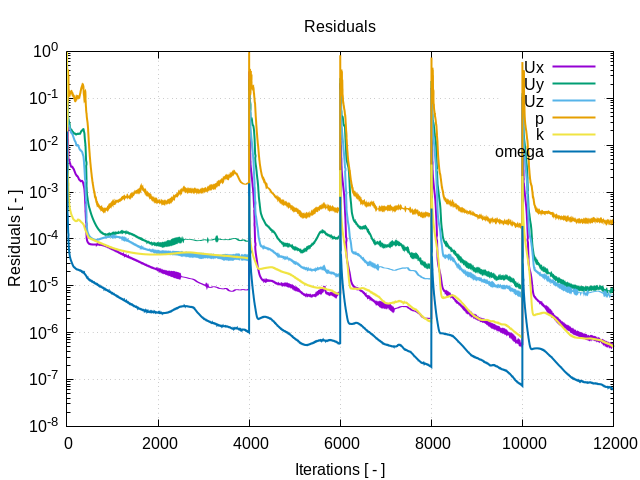
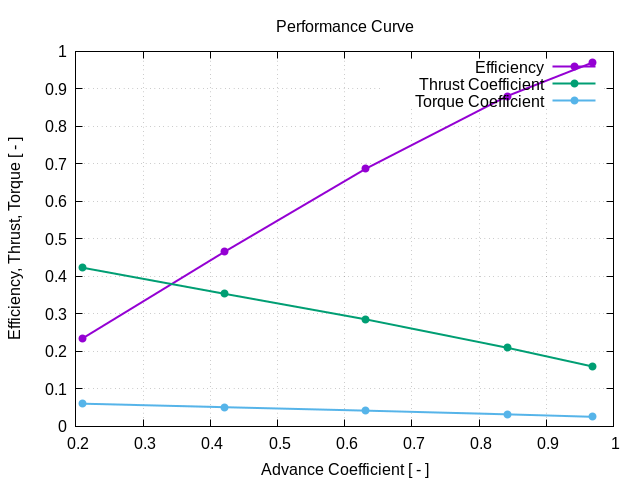
This ship hull propeller tutorial is special because of transient boundary conditions at the inlet. Mass flow rate and temperature change periodicaly in time.
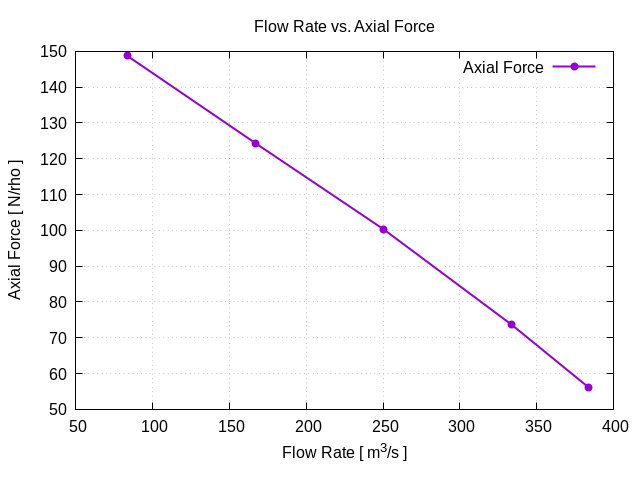
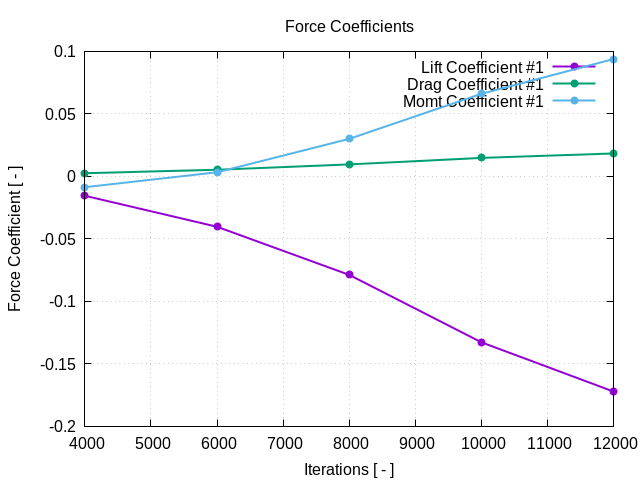
Every simulation performed in TCFD has its report in web responsive .html and pdf format: Ship Hull Propeller – Results Report.
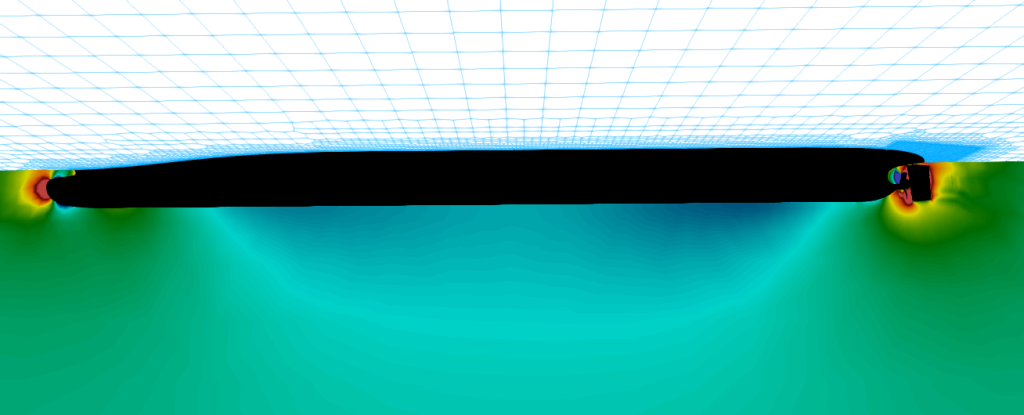
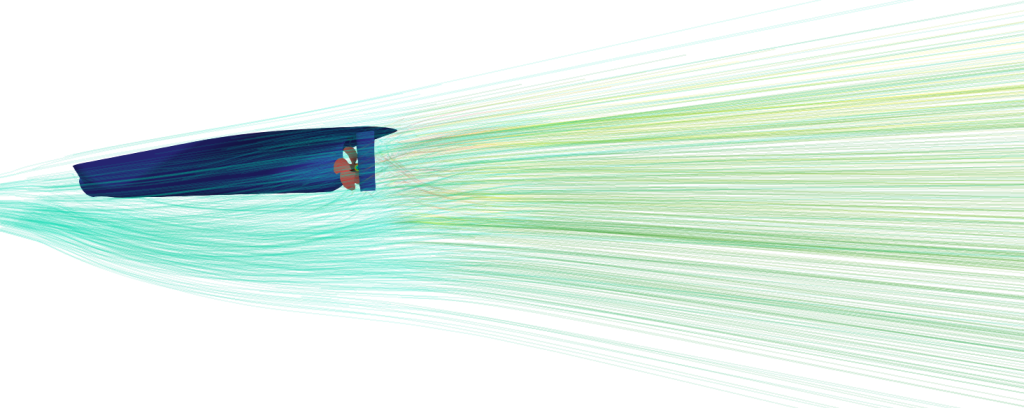
Download TCAE Tutorial - FDA Pump Benchmark
File name: ship-hull-propeller-TCAE-Tutorial-21.09.zip
File size: 271 MB
Tutorial Features: CFD, FEA, FSI, TCAE, TMESH, TCFD, TFEA, SIMULATION, FDA PUMP, RADIAL PUMP, CENTRIFUGAL PUMP, TURBOMACHINERY, INCOMPRESSIBLE FLOW, DEFORMATION, DISPLACEMENT, STRESS, MODAL ANALYSIS, INCOMPRESSIBLE, RANS, BLOOD FLOW, STEADY-STATE, AUTOMATION, WORKFLOW, RADIAL FLOW, FULL IMPELLER, SNAPPYHEXMESH, NETGEN, 3 COMPONENTS, RPM=3500, R=30mm
